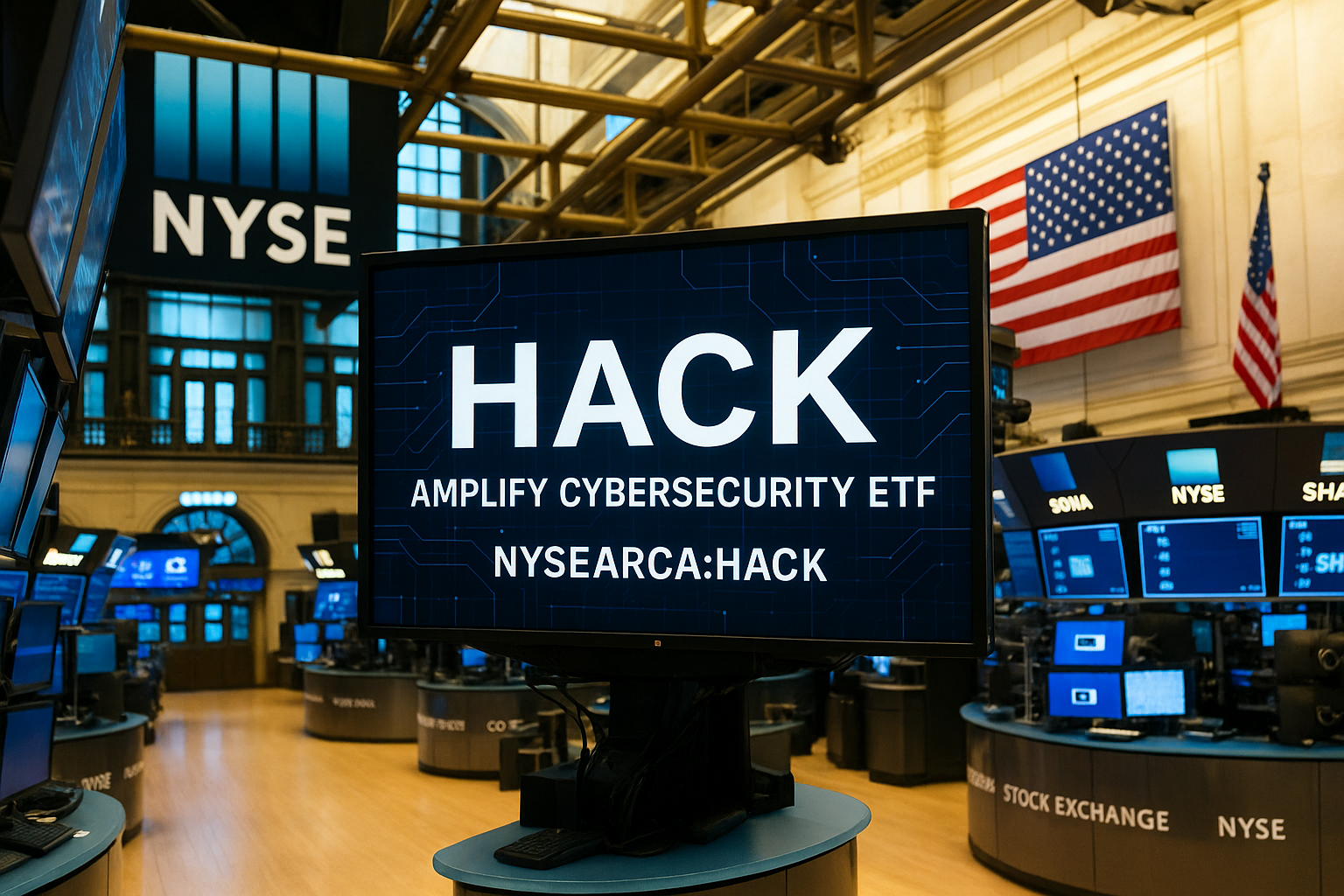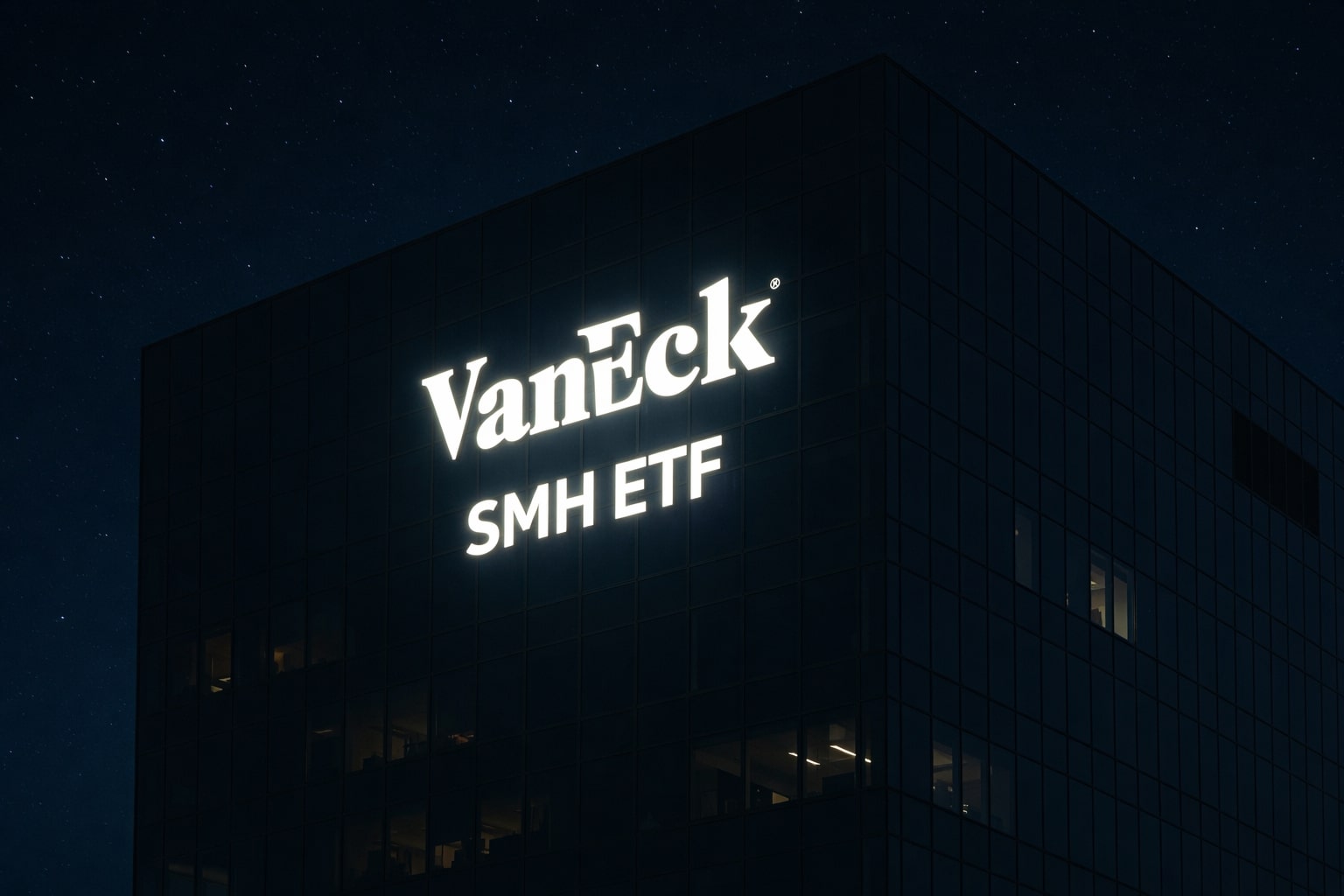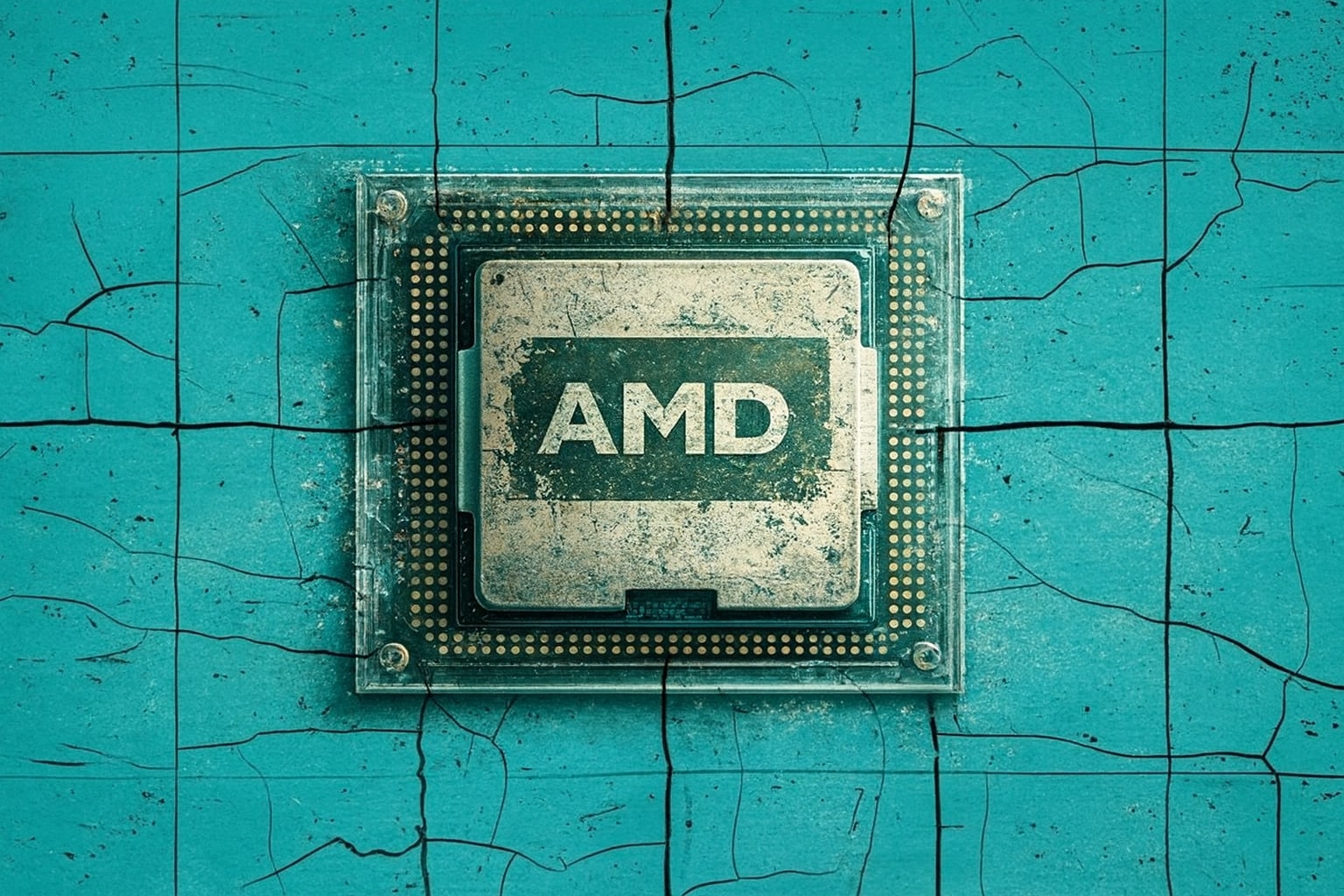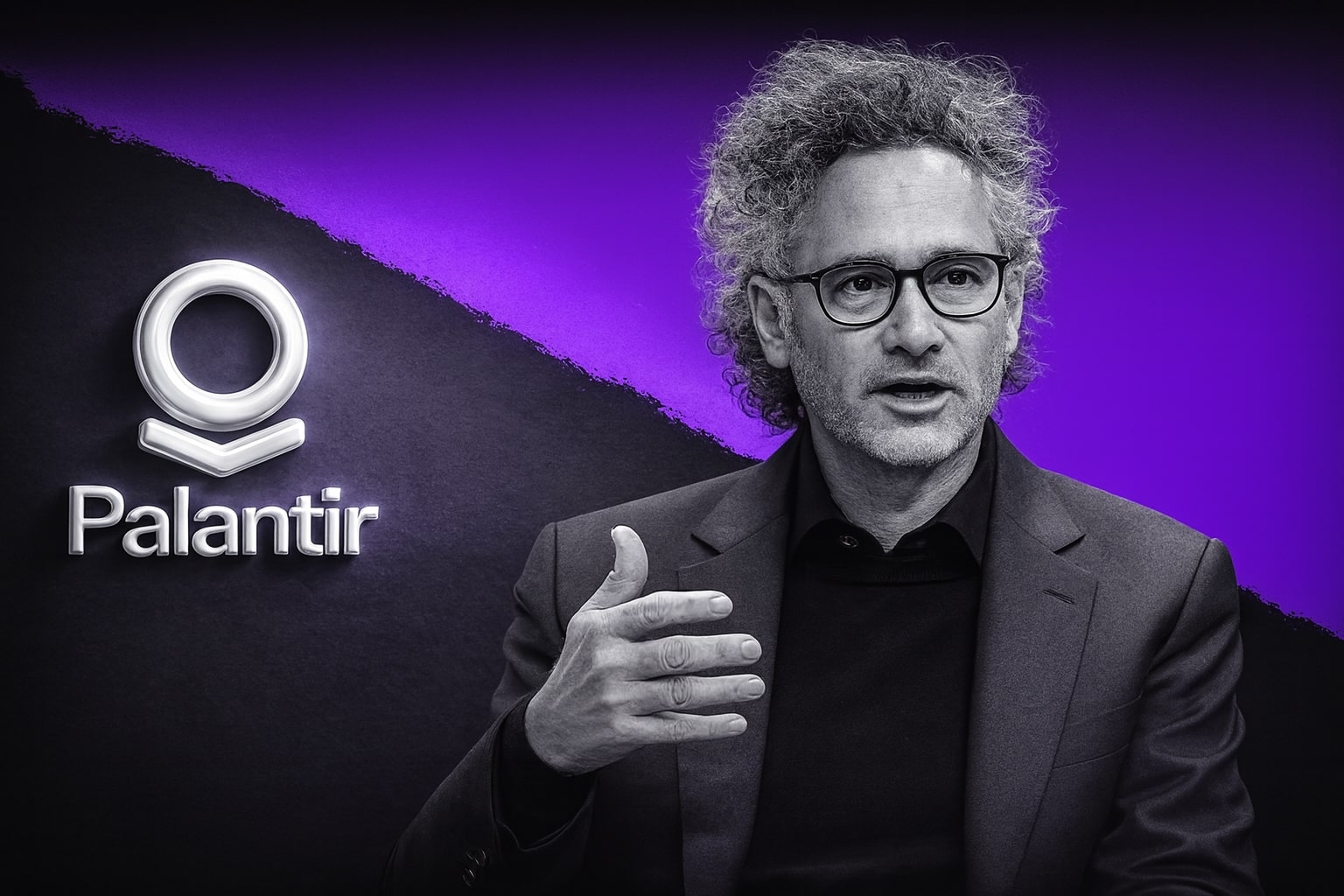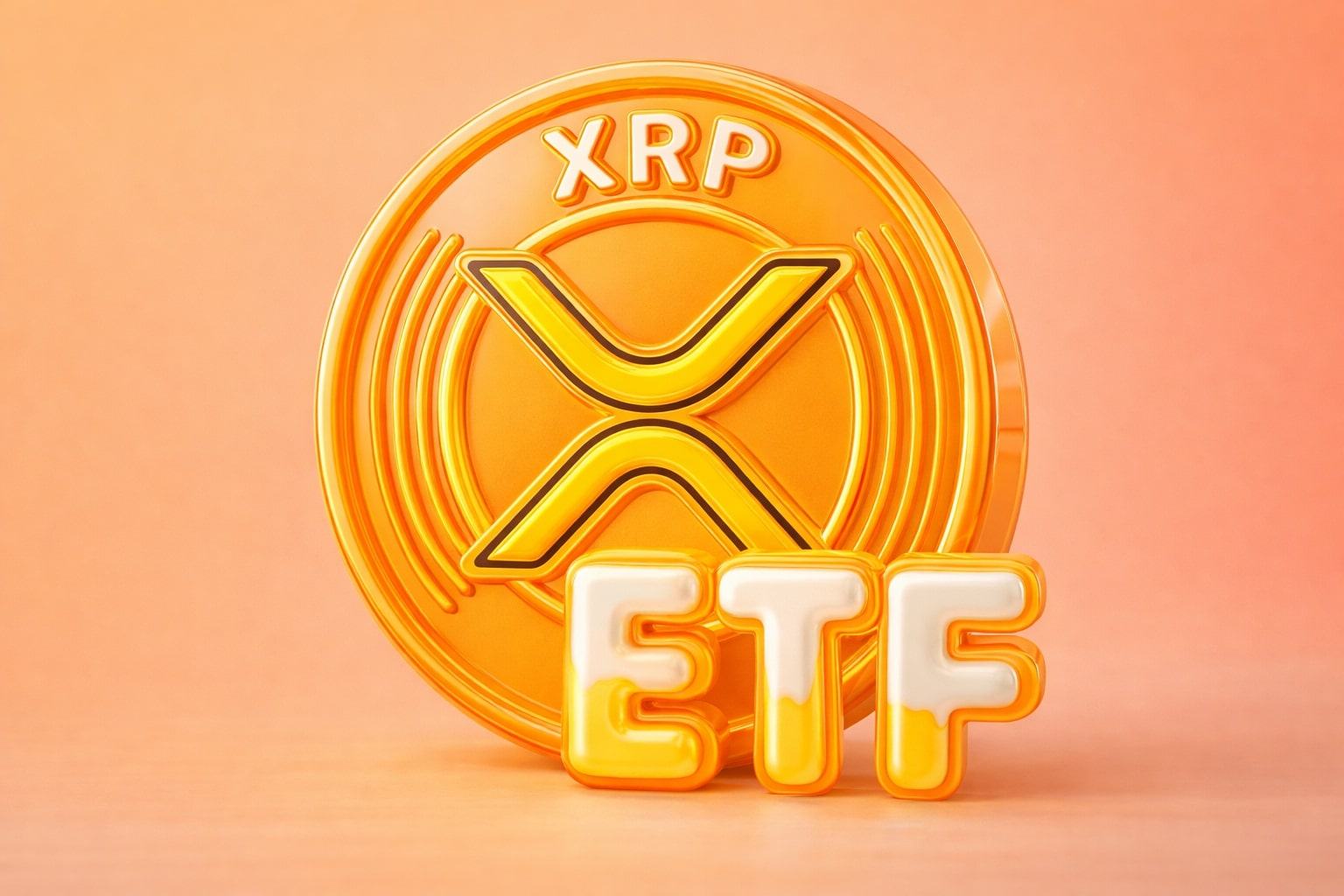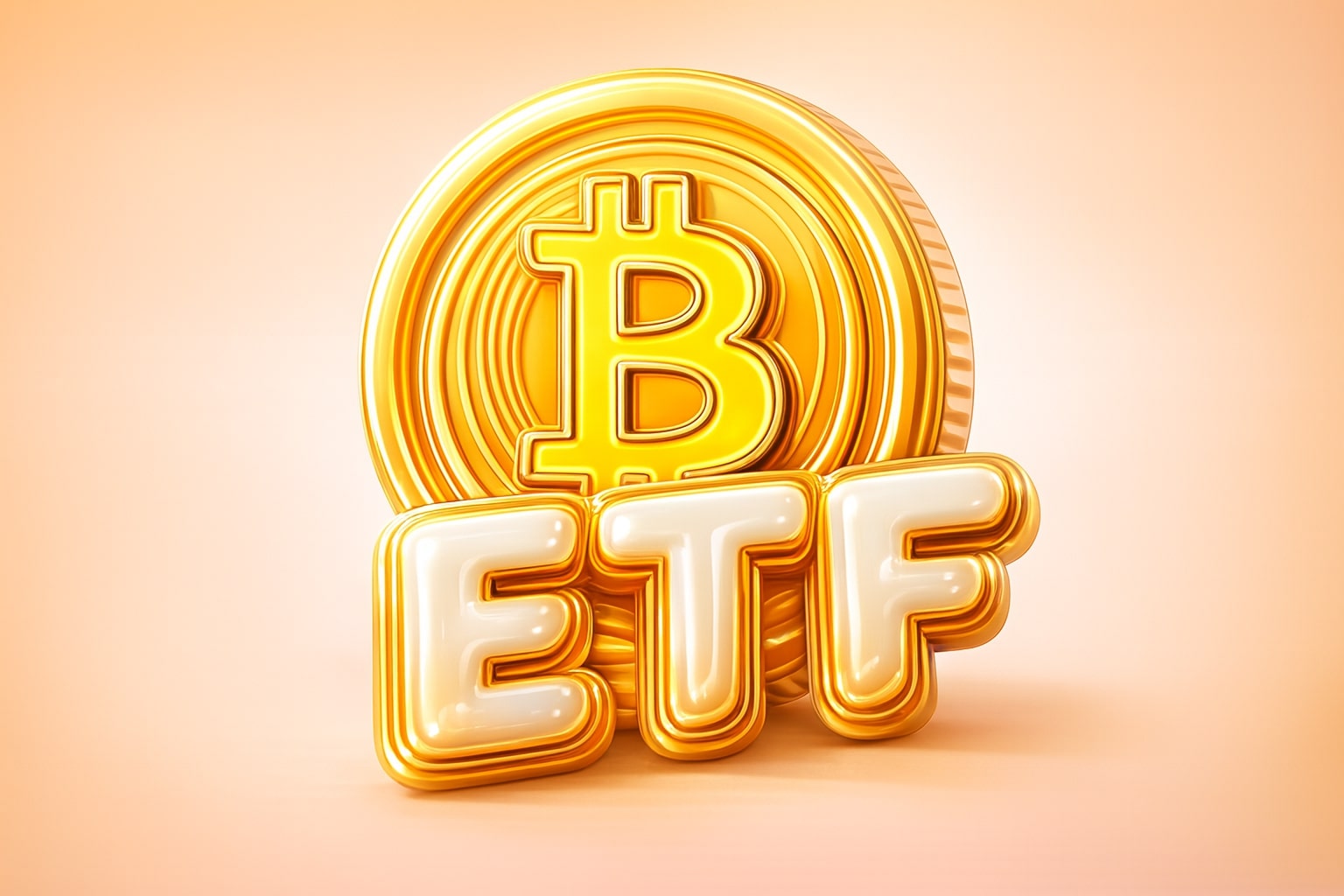Amplify Cybersecurity ETF (NYSEARCA:HACK): Is the ETF Ready to Soar Despite Market Challenges?
The Amplify Cybersecurity ETF (NYSEARCA:HACK) has recently seen fluctuations that may have brought the ETF closer to fair value, making it an intriguing option for long-term investors. After a price drop in April, many are beginning to speculate whether the ETF has finally reached its equilibrium, aligning its price-to-earnings growth (PEG) ratio with that of the broader market, particularly the Nasdaq 100. The price drop has opened up a unique opportunity for investors looking to capitalize on the growing cybersecurity sector, despite potential risks from macroeconomic uncertainties.
Inside the Amplify Cybersecurity ETF (NYSEARCA:HACK)
HACK is a thematic ETF that targets the rapidly growing cybersecurity sector, tracking the Nasdaq ISE Cyber Security Select Index (HXRXL:IND). The ETF primarily holds U.S.-based companies, ensuring a robust exposure to the largest and most influential cybersecurity firms in the world. As of now, it holds 23 stocks, with the overwhelming majority being large-cap companies. This concentration in large caps is reflective of the nature of cybersecurity, where scale is critical for the development and deployment of security solutions.
What’s compelling about HACK is its strict adherence to thematic investing criteria. Companies in the ETF must derive at least 90% of their revenue from cybersecurity activities. The ETF is rebalanced quarterly, ensuring that only the most relevant players in the cybersecurity industry are included. The ETF’s investment strategy limits individual company exposure to no more than 15% to avoid heavy concentration risks, with a modified market cap weighting.
The ETF is underpinned by a strong vertical focus on cybersecurity, which gives it an edge over more diversified tech ETFs. With 58% of its assets concentrated in system software, HACK places a heavy emphasis on companies that provide essential cybersecurity infrastructure—aligning with the growing global need for digital protection.
Performance and Peer Comparison: How Does HACK Stack Up?
The Amplify Cybersecurity ETF (NYSEARCA:HACK) has demonstrated a notable three-year performance, outperforming competitors like CIBR, the First Trust NASDAQ Cybersecurity ETF, despite having fewer holdings. CIBR has an impressive $8.4 billion in assets under management (AUM), making it a top choice for investors. However, HACK’s performance has benefited from its unique positioning in the post-AI boom market, showing strong momentum and adaptability.
In terms of expense ratios, HACK comes with a higher-than-average fee of 0.60%, which might deter some investors compared to peers like BUG, which offers lower costs. However, HACK has maintained strong performance despite these higher expenses, signaling its potential as a solid long-term investment.
**Valuation Concerns and Opportunities for HACK
At a P/E ratio of 28x, HACK is currently priced at a premium. While the ETF’s growth prospects are strong, particularly due to the rise in artificial intelligence (AI) adoption in cybersecurity, this high valuation might raise concerns. HACK’s PEG ratio stands at 2.32, which is on the higher side compared to the Nasdaq 100’s historical average PEG of 2.15. However, given the strong growth trajectory of the cybersecurity market, the current valuation might be justified in the long term.
With the global cybersecurity market projected to grow from $236.75 billion in 2023 to $506.79 billion by 2032, HACK is well-positioned to benefit from this secular trend. The ETF’s holdings, including leaders in cybersecurity, are poised to capitalize on the increasing demand for digital protection, especially as more businesses and governments invest in cybersecurity infrastructure.
**Technical Indicators and the Market Outlook for HACK
The technical outlook for HACK is bullish despite its recent price drops. After falling to its 61.8% Fibonacci retracement level, HACK has bounced back by almost 25% in the last four weeks. This rally is backed by strong momentum, with the Relative Strength Index (RSI) showing an upward trend, indicating that the bulls are in control.
Moreover, HACK’s price is above both its 50-day and 200-day moving averages, signaling positive long-term momentum. The current price target for HACK remains around $96, with strong support at the $60 price level. The bullish chart setup and the ETF’s favorable long-term trend suggest that HACK could see continued growth, particularly as global demand for cybersecurity solutions increases.
**Risks to Consider for HACK
Despite its strong performance, HACK faces several risks that could affect its price in the short term. Political uncertainty, particularly in the wake of global economic volatility, poses a significant risk to the ETF. The potential for a recession and ongoing geopolitical tensions could lead to market instability, which would affect the earnings growth of HACK’s holdings.
Furthermore, HACK’s high exposure to the technology sector means that any downturn in tech stocks could negatively impact its performance. However, the cybersecurity sector remains relatively insulated from broader market trends, as cybersecurity is an essential service in today’s digital landscape.
Final Verdict: Is HACK a Buy, Hold, or Sell?
Given the strong technical indicators, bullish chart setup, and favorable long-term market outlook for the cybersecurity sector, HACK appears to be a solid buy for long-term investors. Despite its high valuation, the ETF’s exposure to the growing cybersecurity market and its strong performance relative to peers make it an attractive option for investors looking to capitalize on this high-growth sector.
However, political risks and macroeconomic uncertainties could weigh on short-term performance, so investors should remain cautious in the near term. Overall, HACK offers significant upside potential, but its high expense ratio and the possibility of market volatility should be carefully considered before making an investment.
Given the current market environment, HACK remains a buy for investors with a long-term horizon, but caution is advised in the short term due to broader economic risks.














